Tractor models are parked, row upon row, in colour-coded sections that range from greens to…
Celling meat � is cultivated meat really here to stay?
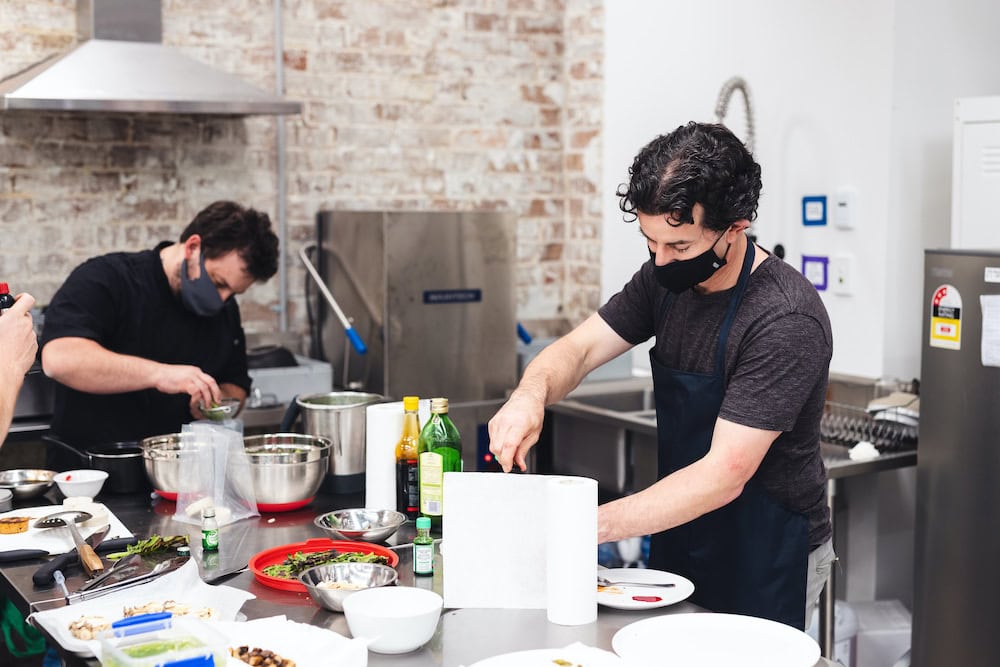
Marinating animal cells in a cocktail of proteins, sugars, fats, amino acids, vitamins and minerals and then growing them inside industrial stainless-steel bioreactors isn�t the way many would imagine that their proteins are made.
But with the world facing the challenge of feeding 10 billion people by 2050, cultivated cell-based meat production is set to grow as technology progresses, pricing decreases and consumer awareness grows.
To help future-proof global food supply, alternative protein producers are popping up everywhere with a growing number of cell-based cultivators among them.
In Australia there are nine cell-based agriculture start-ups growing meat, milk, cell media � a concoction of proteins, electrolytes, sugars and lipids which feed the cells, so they divide and multiply � plus scaffolds which turn mince-like products into three-dimensional pieces of meat. Even human breast milk is being grown using cellular technology in Victoria from mammary cells from mums who have given birth prematurely.
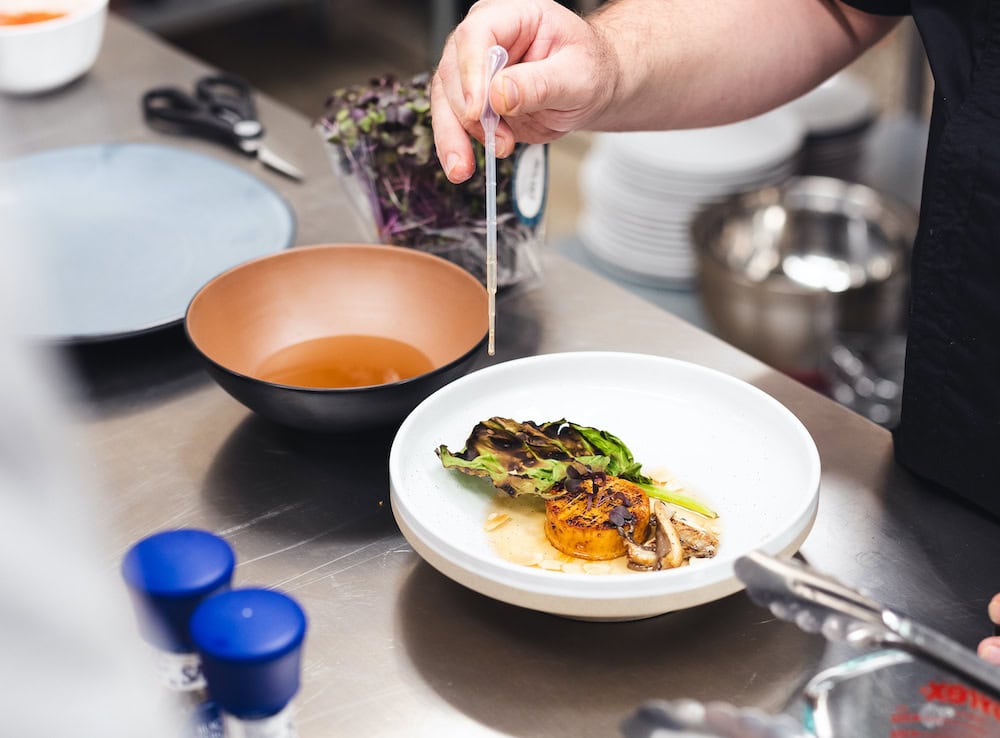
Overseas an abundance of cell-based production is happening. San Francisco-based Eat Just � an alternative protein producer � is selling cell-grown chicken nuggets in Singapore. In Israel, Aleph Farms, is perfecting a 3D constructed steak, while Singapore-based Shiok Meats has set its sights on shrimp paste.
Cultivated meat being grown in Australia
Australia has two cell-based meat producers. One of them is Vow, a Sydney-based bio-tech start-up which has attracted nearly $20 million in venture capital. It is looking beyond recreating commodified meats which are already produced on huge scale and at premium quality in Australia.
Vow co-founder George Peppou says cell-based agriculture has huge potential as it�s not limited to the three-dimensional structure of farmed meat and can be creatively tailored.
�I am not for one second trying to make Australian beef or chicken breast or anything that exists today because frankly it is a fool�s errand,� George says.
�We all know every meat eater, including myself, is an expert in what a chicken breast tastes like. When you set the expectation by trying to match something that is well known, there is always nit-picking with all the problems with it.�
The other reason is this type of production is already well in hand.
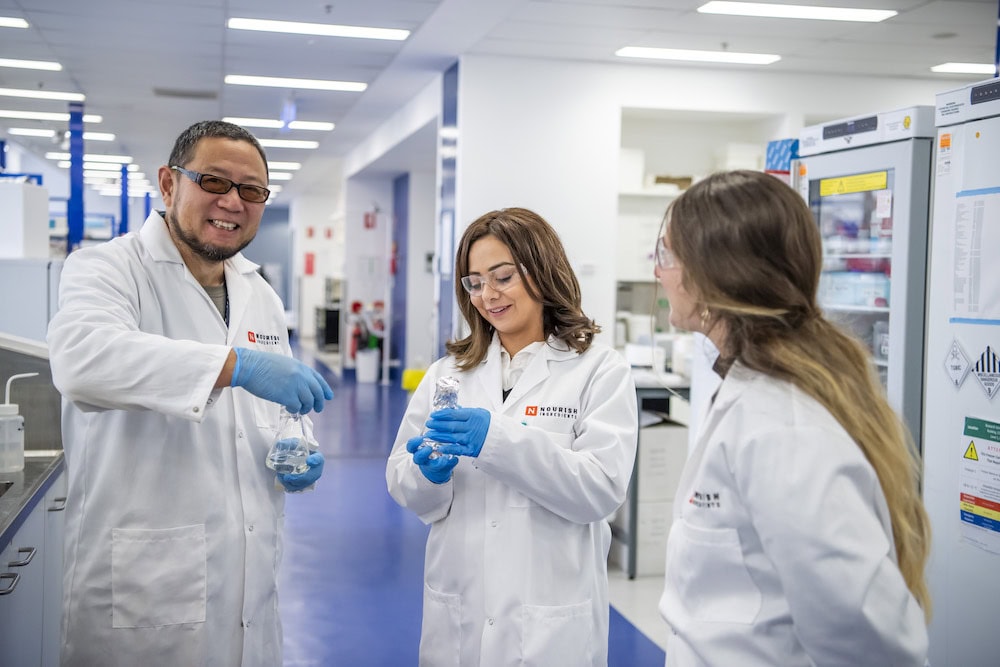
�Australian farmers, particularly when you talk about beef and lamb and the extensive grazing process, are hands down the best from a sustainability and product quality perspective,� George says.
�I would say lean into the quality and sustainability of the products you already produce, not waste your energy worrying about us because this is going to happen. This is going to have a much more disruptive impact on global commodities coming from factory farms across the world, not on Australian cattle and sheep roaming around on Aussie fields.
�Don�t be afraid of cultured meat and plant-based meat that is happening in Australia because we have the potential to become huge customers of agricultural
commodities. On the plant-based side there are things like yellow peas and on the cell-based side amino acids and sugar. We can become very premium paying customers of the Australian agriculture sector. We can do this and be one protein industry and one agriculture industry using both new and traditional technology.�
There are many reasons why George is passionate about Vow.
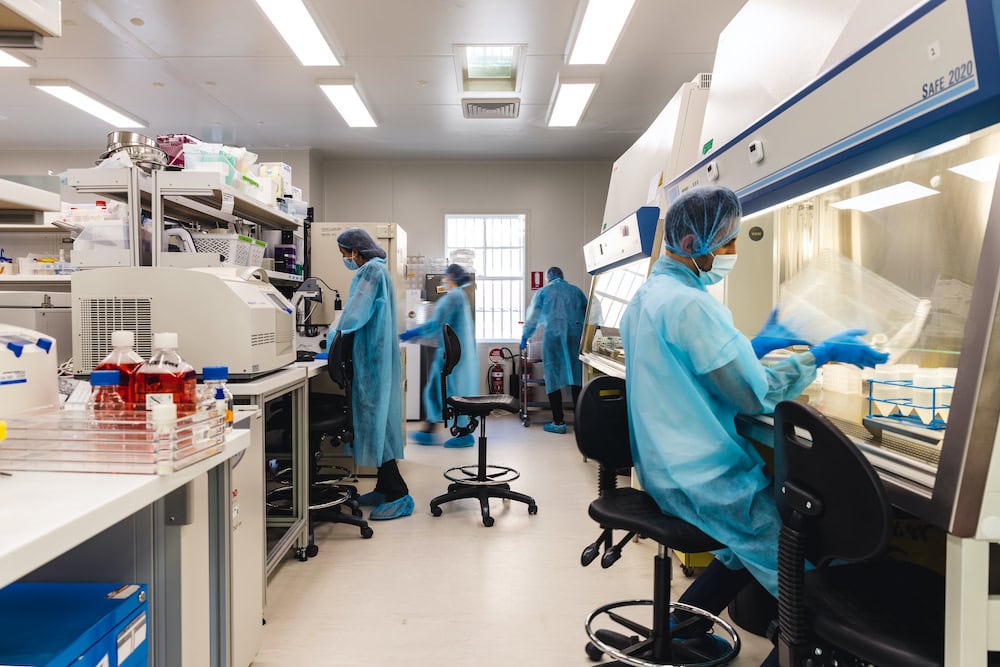
Number one is the environmental and economic benefits of Vow�s compressed supply chain between commodity inputs (think sugar, salts, amino acids) and the value-added outputs � think crocodile nuggets and other exotic delights.
The other is the culinary wizardry it avails itself to � particularly exciting for George, a former chef who trained as a biochemist and later worked in the meat industry and ran ag-tech accelerator programs at Cicada Innovations.
�We are working across about 15 or 16 different species at any one time so we find elements of growing those cells and then we can explore how these elements can manifest into a new product and how that can serve markets and value propositions that isn�t a replica of what already exists,� he says.
�Alpaca muscle is fantastic. Crocodile connective tissue is amazing, and you can grow them and mix them together and they start to become ingredients. In meat today everything is locked in a three-dimensional structure, and you can�t break it apart and access individual parts but because we have this exclusive control of what we are growing we can start to see these as ingredients.�
Converting the carnivores to cultivated meat
Replicating the taste of real meat has long dogged the alternative protein sector with the absence of fat being a continuous bugbear.
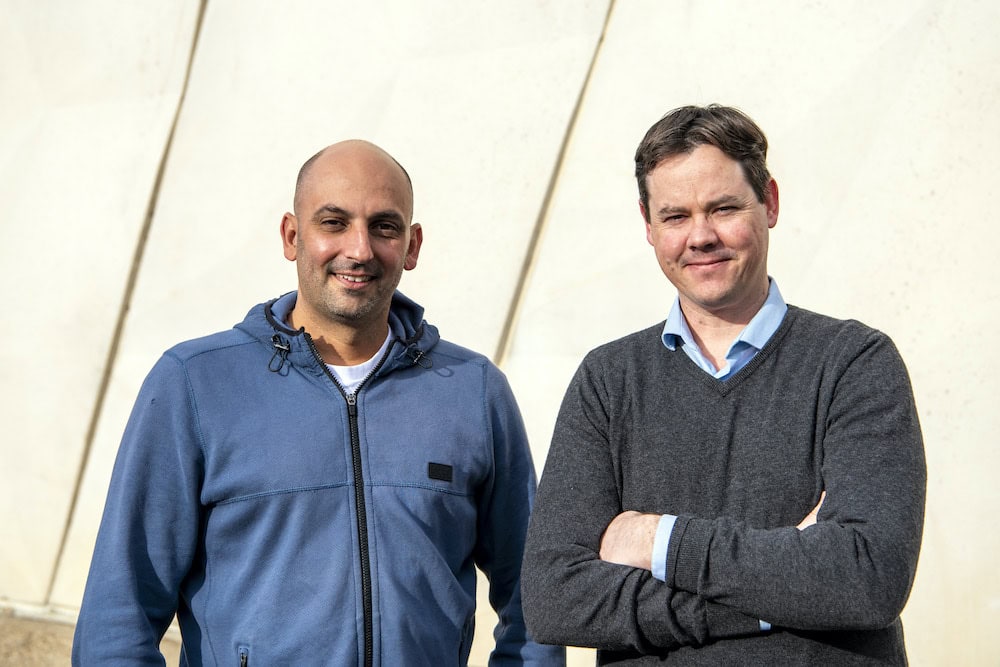
This is a problem that caught the attention of scientist James Petrie while he was working at CSIRO on projects that included building a canola variety with algal genes to create fish-free fish oil for Nuseed.
He launched Nourish Ingredients two years ago to create other animal-free fats by fermentation which would help fill this gap.
Nourish Ingredients has raised over $14 million in venture capital funding with more to come. It uses a similar process to beer fermentation, but instead of the yeast turning into alcohol it becomes fat.
The fats are still in development but are being tested by companies like Vow.
�Taste is always the number one priority. When carnivores put these foods into their mouths, it has to be, in my view, over 100 per cent when compared with traditional meat products. When I bite into a steak, I want that taste and experience and you need to get that same sort of result if you are going to convert the carnivores,� James said.
�I think companies have done a good job trying to get people like vegans, vegetarians and flexitarians to eat plant protein foods, but I don�t think they are reaching through to the carnivores and that is what we need to do.�
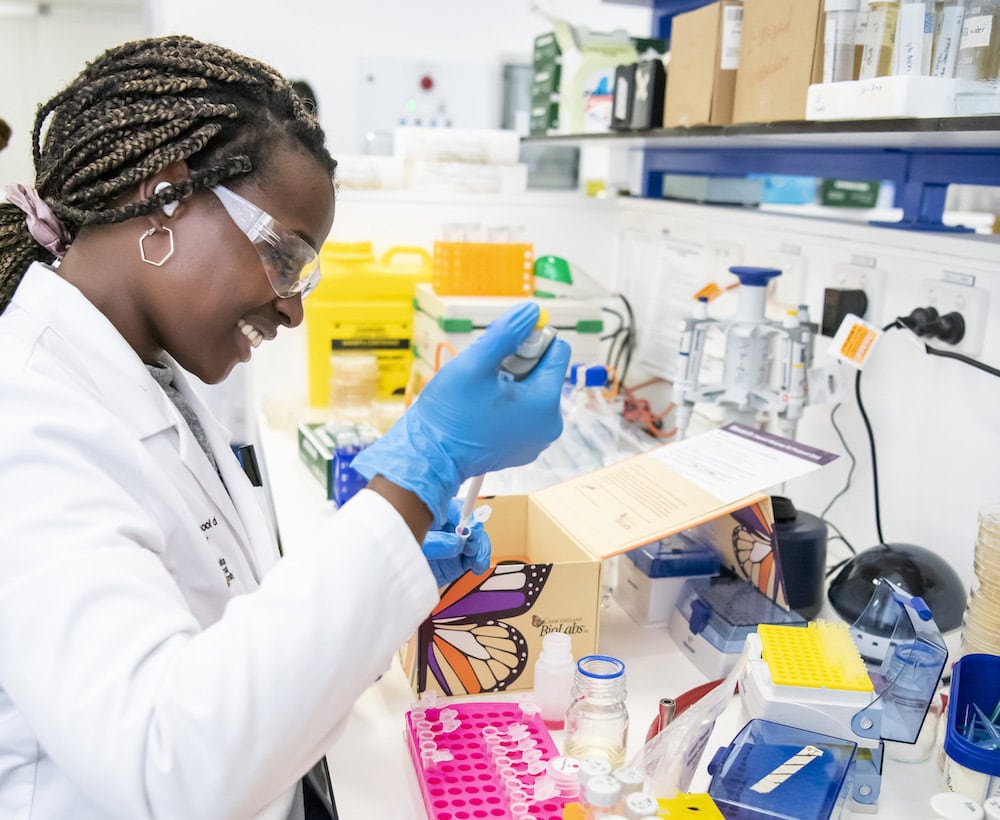
The price for cell-based meat is currently around $100 per kilogram, but this is expected to dramatically decrease by 2030 when the products are tipped to hit Australian supermarkets.
Vow will commercially release its first product this year in Singapore, a popular launch pad for cell-based producers as it has a clear pathway to market.
That said there are no roadblocks to launching in Australia with Food Standards Australia New Zealand (FSANZ) confirming cell-based meats will be covered by existing guidelines when an application is received.

�To date, FSANZ has not received any applications to amend the Code to permit genetically grown or cell-cultured meat. Under Australian and New Zealand food law, all food businesses must ensure food for retail sale is safe and suitable for human consumption. This includes complying with regulatory requirements,� a statement to The Farmer said.
Challenges faced
Bianca Le, the founder of Cellular Agriculture Australia � a non-profit organisation dedicated to promoting and accelerating the research of cellular agriculture in Australia � says the sector can benefit from Australia�s strength in stem cell research, regenerative medicine and agriculture but government investment, education and career development and infrastructure are required.
�The majority of the investment that goes into it is from private investors so this means there is a lot of innovation happening but there is a lack of public knowledge of all of the research and innovation which makes it harder for such a new industry to grow,� Bianca says.
What do the farmers say?
NSW Farmers� Cattle Committee member and owner of Gundamain Pastoral Co., Tess Herbert, acknowledges the growing need for protein and understands that in a free market many types � cell-based, plant-based or manufactured � will be sold.
She is concerned about how these proteins will be labelled and marketed � an issue currently being examined in the Senate Inquiry into Definitions of Meat and Other Animal Products.
�It is really all about truth in labelling,� Tess says. �These products are new and emerging, and we don�t really know what they will look like. How the red meat industry reacts depends on how these emerging protein industries will describe, market and label
their products.
�Many of the submissions to the Senate Inquiry specifically mentioned the current FSANZ definition of meat � to call a product beef, lamb or even crocodile it has to be the flesh off a carcass of a slaughtered animal, so they can�t really make claims to be meat. It may be cell-based or plant-based or entirely manufactured but it is certainly not beef or lamb under this definition, and currently companies are labelling it as such.
�The red meat industry is by no means saying that cell-based proteins should not be part of the protein industry. We are just saying don�t call it meat � beef, goat, lamb etc.�
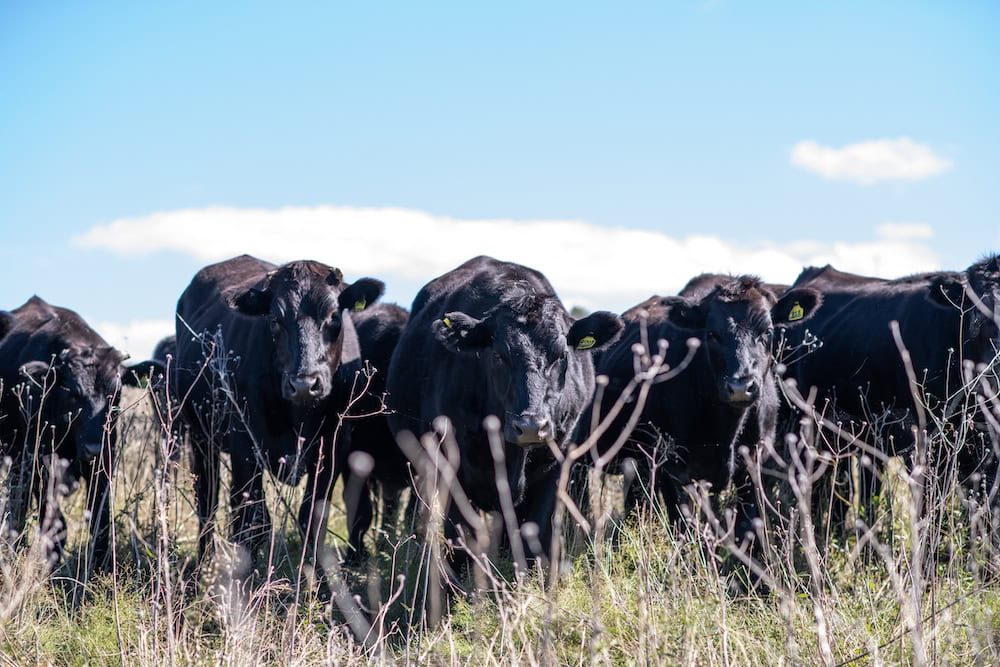
The other concern is any potential denigration of the red meat industry on environmental and animal welfare grounds that could result from this marketing. Tess added the red meat industry has done and continues to do a great deal of work on emission reductions (feed additives, genetics etc), welfare and product life cycle analyses.
�The discussions about cell-based, plant-based and manufactured proteins always miss the story about the role of ruminants in the landscape and its part in the natural carbon cycle. Less than eight per cent of the Australian land mass is suited to cropping but over half is used for running livestock, largely on native vegetation, or to a lesser extent on modified pastures.
This land is ideally suited to livestock and red meat production. Ruminants have this amazing ability to convert low quality protein, like grasses, into high quality nutrient rich food. Nearly 90 per cent of livestock feed globally is made up of plant material that is not human edible,� she said.
�Ruminants are part of a natural carbon cycle; it is not like a fossil fuel or a manufactured meat where an emission is made and just remains. Cattle and sheep emit methane, which oxidises into carbon dioxide, through photosynthesis this is taken up by plants as carbohydrates, which are then consumed by ruminants, so completing the natural cycle. With a reasonably stable herd there are no more new emissions being made.�
If you enjoyed this feature on cultivated meat, you might like our story on other ag innovations.




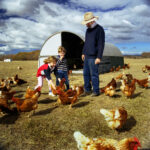




$100/Kg. Call me when you get to $1/Kg.